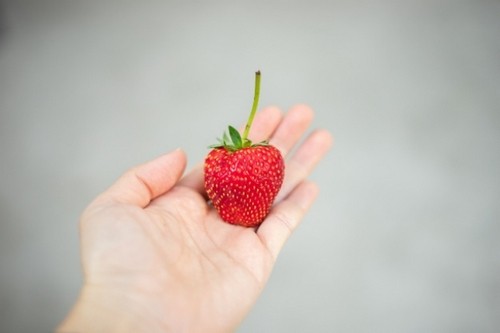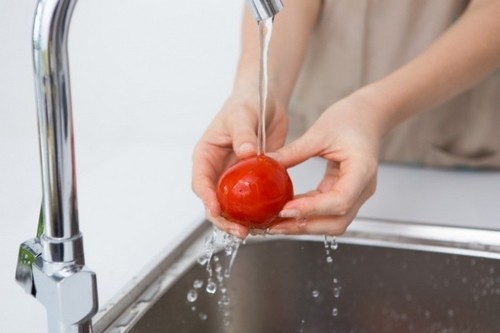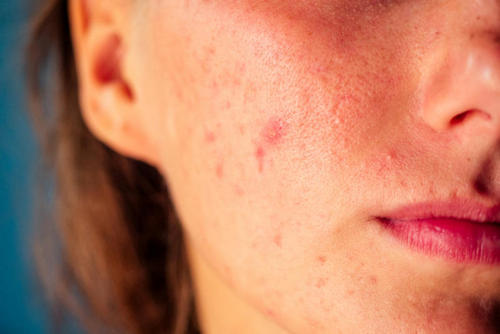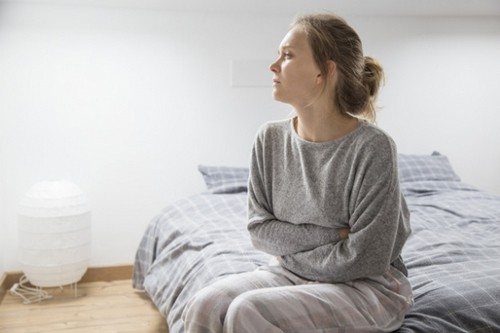Each year, the Environmental Working Group (EWG) issues a list called DirtyDozen, which includes 12 inorganic fruits and vegetables with the highest levels of pesticide residues. This article lists the products that were listed last year.
The benefits of fruits and vegetables can easily block the harm from the chemistry that they contain. In violation of the rules of protection and plant nutrition, in addition to useful trace elements, vegetables and fruits accumulate pesticides.
In addition to the traditional Dirty Dozen list, the EWG is launching the Dirty Dozen Plus list, which contains 36 more fruits and vegetables that are high in pesticide residues, including hot peppers, cherry tomatoes, peas, and blueberries.
2018 Dirty Dozen
According to the EWG, the following fruits and vegetables have the highest levels of pesticide residues:
- Strawberry: Strawberry invariably tops the Dirty Dozen list. In 2018, the EWG determined that one third of all strawberry samples contain ten or more pesticide residues.
- Spinach: 97% of spinach samples contained pesticide residues, including permethrin, a neurotoxic insecticide that is very dangerous for animals.
- Nectarines : EWG found harmful residues in almost 94% of nectarine samples, with one sample containing more than 15 different types of pesticides.
- Apples : EWG found pesticide residues in 90% of apple samples. Moreover, 80% of the apples tested contained traces of diphenylamine, a pesticide banned in Europe.
- Grapes : more than 96% of the samples tested positive for pesticide residues.
- Peaches : More than 99% of the peaches tested by the EWG contained an average of four pesticide residues.
- Cherries : EWG found an average of five pesticide residues in cherry samples, including a pesticide called iprodion, which is banned in Europe.
- Pears : More than 50% of the pears tested by the EWG contained the remains of five or more pesticides.
- Tomatoes : Four pesticide residues were found in traditionally grown tomatoes. One sample contained more than 15 different pesticide residues.
- Celery : Pesticide residues were found in more than 95% of celery samples. 13 different types of pesticides have been identified.
- Potato : Potato samples contained more pesticidal residues by weight than any other culture tested. Chlorpropam made up the bulk of the detected pesticides.
- Bell pepper : contains less pesticide residues than other fruits and vegetables. However, the EWG warns that pesticides used to grow bell peppers are generally more toxic to human health.

How to reduce the risk of exposure to pesticides?
The following are simple but safe and effective methods that can be used to reduce pesticide residues in products:
- Cold water. Rinsing fruits and vegetables in cold water, as well as brushing them with a soft brush, can remove pesticide residues.
- Water with soda. Research has shown that washing apples with a 1% mixture of baking soda and water is more effective at removing pesticide residues than just tap water.
- Peeling. Removing the peel from fruits and vegetables from the Dirty Dozen can significantly reduce the consumption of pesticide residues from food.
- Blanching. In one study, blanching a product (immersing it in boiling and then chilled water) reduced pesticide residues by more than 50% in all samples of fruits and vegetables except peaches.
- Cooking. The study found that cooking strawberries significantly reduced pesticide residues.
- Ozonated water. It has been found that ozonated water (water mixed with oxygen called ozone) is particularly effective in removing pesticide residues from food.
While the effect of pesticides on health is not yet fully understood, the health benefits of consuming fruits and vegetables have been proven for a long time, so you should not limit yourself. For those who do not want to take risks, it is best to purchase organic analogues of the products presented in the Dirty Dozen list.

Scientists: homemade sunscreens are ineffective and even dangerous
There are more and more recipes for cosmetics that can be made at home on the Internet. Home-made sunscreens are also popular, including on Runet (when I asked for “do-it-yourself sunscreen”, Google returned 492,000 results).
A new study published in the journal Health Communication showed that homemade sunscreens are generally ineffective and should be avoided. Researchers have analyzed how users of Pinterest, a popular image-sharing site, describe and evaluate homemade sunscreen recipes. Scientists studied in detail every fifth post devoted to such creams. It turned out: in 95.2% of the 189 posts analyzed, the authors stated that their home-made products completely protect against ultraviolet radiation. Other users have saved some of these posts more than 21,000 times. While 68.3% of the posts promoted sunscreens, which, according to the researchers, are completely ineffective.
Researchers explain that home-made sunscreens have not been tested in laboratories and therefore may not protect against ultraviolet rays at all. “Homemade sunscreens are dangerous because they are not regulated and tested for effectiveness, like commercial ones. When you make the cream yourself, you don’t know if it is safe, ”the study says.

Some Pinterest cream recipes contain ingredients that really protect against ultraviolet light and are used in commercial creams, such as zinc oxide and titanium oxide. However, homemade creams may not contain enough of these substances, or these substances may not be evenly distributed throughout the mixture, resulting in uneven protection. In addition, unlike commercial creams, homemade ones may not be waterproof.
“Some of these ingredients naturally provide some protection from the sun, but not to the extent that these pins Pinterest posts claimed. This combination of ingredients will definitely not give you an SPF of 50. Using homemade sunscreens can cause severe sunburn and potentially skin cancer in the future, ” said lead author Lara Mackenzie of the study.
It is also important that home-made sunscreens will almost certainly not protect against both UVA and UVB rays. The false sense of security they inspire can be harmful.
“The Centers for Disease Control and Prevention notes that having a history of sunburn, especially at an early age, can increase the risk of developing skin cancer. Therefore, it is important to apply a sunscreen that has been tested and proven effective since childhood, ”concluded Mackenzie’s study.
The American Academy of Dermatology recommends the use of a sunscreen that provides protection for a wide spectrum of action, that is, protection against UVA and UVB rays. The cream should also be waterproof and have an SPF of 30 or higher. When in the sun, cream should be applied every two hours, and if you are swimming or sweating heavily, then more often.



